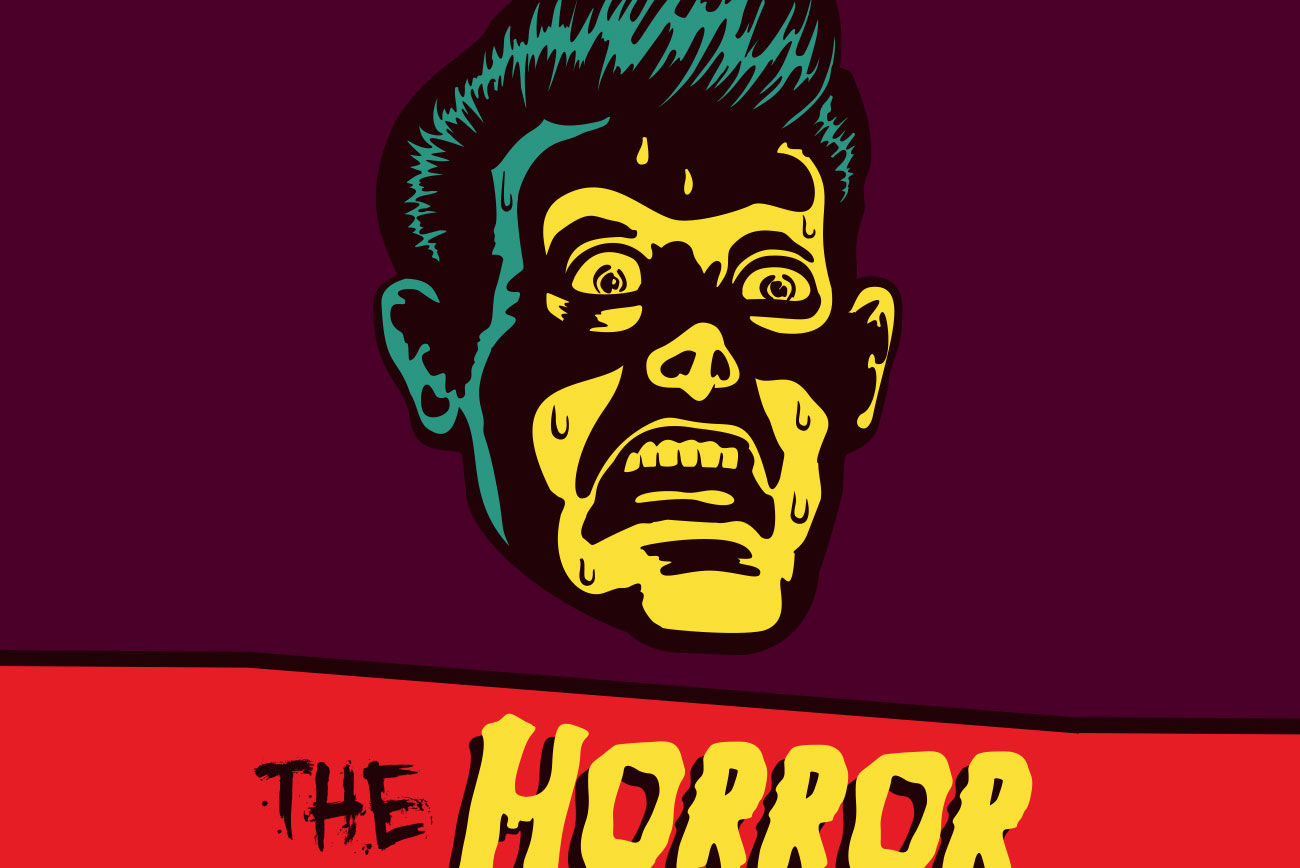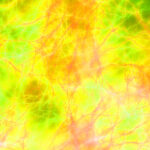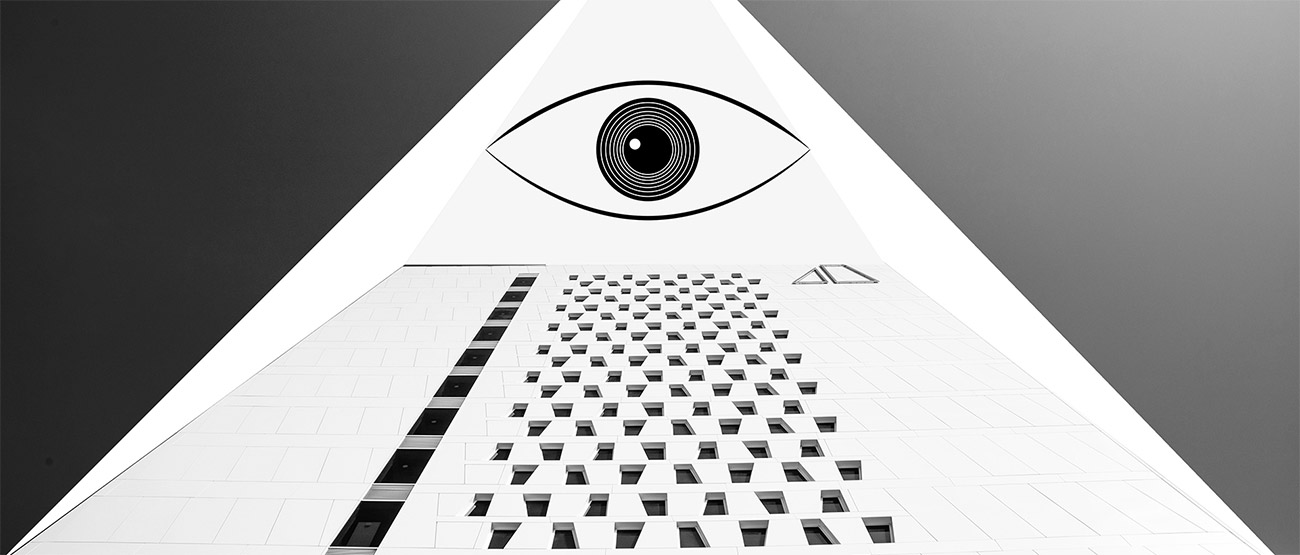Fibrous (including asbestiform) – Extremely slender prisms, muscle-like fibers
Common examples include: serpentine group, actinolite, kyanite, gypsum, nitratine, tremolite (i.e. asbestos) Asbestiform is a crystal habit. It describes a mineral that grows in a fibrous aggregate of high tensile strength, flexible, long, and thin crystals that readily separate. The most common asbestiform mineral is chrysotile, commonly called “white asbestos“, a magnesium phyllosilicate part of the serpentine group. Other asbestiform minerals include riebeckite,Continue Reading


















